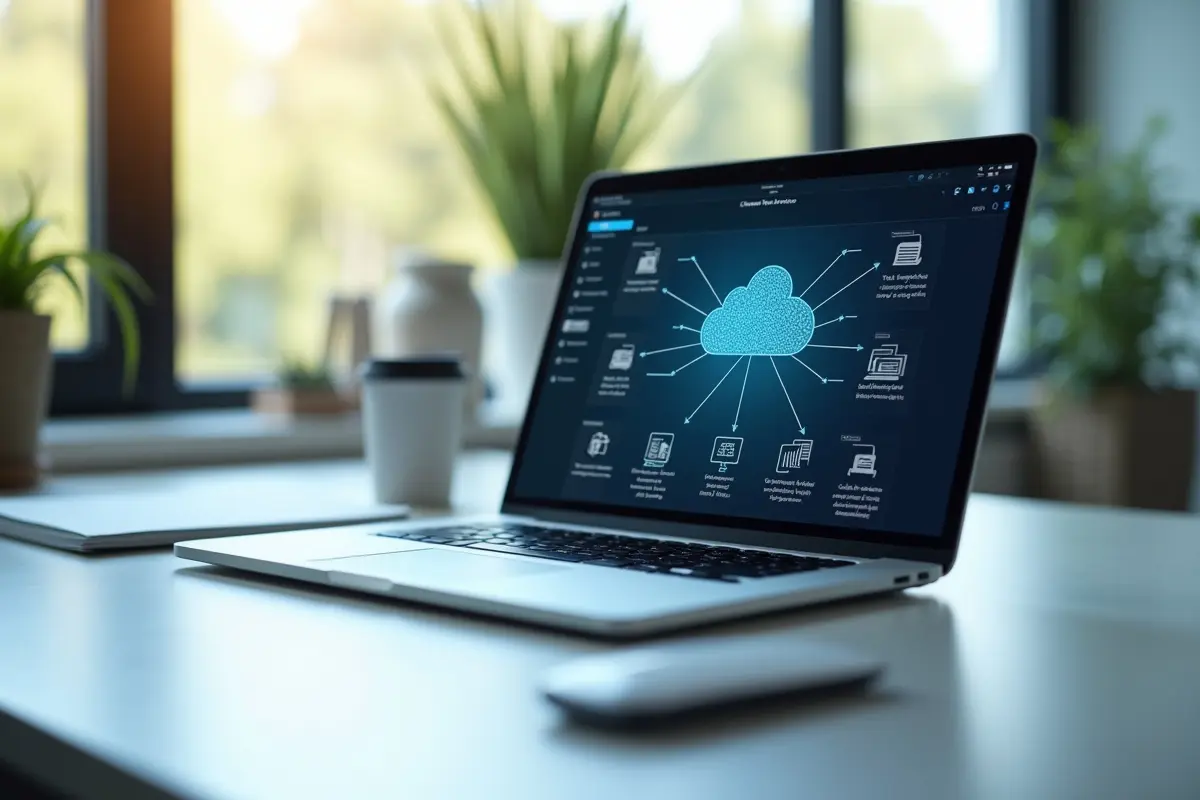Data is the backbone of modern organizations, powering decision-making, customer experiences, and digital transformation efforts. Keeping essential information safe is a mission-critical requirement for long-term success. This is because protection from loss, corruption, or cybercrime is no longer optional.
As the methods and technologies behind data backup and recovery shift, understanding these evolving strategies becomes essential. Businesses seeking robust, updated solutions are increasingly exploring platforms such as cohesity.com for reliable data protection and recovery services that match today’s digital demands. As businesses become increasingly reliant on distributed workforces and the cloud, the landscape for backup solutions is undergoing rapid transformation.
Cloud-native systems, machine learning, and hyperconverged infrastructure are redefining data safety and accessibility. These technologies, alongside strengthened security, often make traditional, local-only models obsolete. Keeping pace with these trends not only ensures secure backup but also gives organizations greater operational agility and control.
Advanced backup platforms are serving organizations of all sizes with flexible, scalable, and proactive strategies. Solutions are shifting from static, periodic backups to intelligent, always-on systems. These new systems detect vulnerabilities and initiate swift recovery with minimal intervention.
Proactive protection and automation mean businesses gain resilience in the face of everything from hardware failure to ransomware attacks. Industry leaders and analysts agree that staying ahead of the curve is critical. This is necessary because today’s cyber threats grow in sophistication each year.
As backup digital technology advances, organizations must look beyond simple storage. They need to invest in solutions that offer intelligent monitoring and secure recovery. This new investment must also provide seamless integration across ecosystems.
Contents
Cloud-Native Backup Solutions
Cloud-native backup platforms have emerged as essential tools for managing and protecting vast quantities of business data. Unlike conventional tape or disk-based approaches, these solutions leverage the flexibility and scalability of public, private, or hybrid clouds.
The result is decentralized storage that offers automatic geo-redundancy. It also provides seamless off-site recovery and instant access to files and databases from anywhere in the world.
Cloud-native backup also makes it easier to support the mobile workforce. Furthermore, it integrates with SaaS applications, ensuring all business-critical information remains recoverable in a disaster.
AI and Machine Learning Integration
The integration of artificial intelligence and machine learning into backup software marks a shift towards more proactive, self-learning systems. By analyzing historical workloads and system behavior, AI-driven solutions adapt backup schedules, detect unusual activities, and optimize storage resources. They can predict likely failure points and automate remediation, substantially reducing human error and recovery times.
This evolution is crucial in the current threat landscape. Rapid response and minimal downtime can mean the difference between continuity and catastrophe. According to TechRepublic, AI-powered tools are set to revolutionize the entire data management cycle for enterprises.
Immutable Backup Storage
As ransomware attacks continue to dominate cybersecurity headlines, organizations are turning to immutable backup storage to ensure data integrity. This next-generation solution safeguards backup sets by preventing any unauthorized modifications or deletions for a predetermined retention period.
With immutable storage, even if cybercriminals gain access to your primary files, they cannot tamper with critical backup data, providing a bulletproof safety net against advanced threats and accidental losses.
Backup as a Service (BaaS)
Backup as a Service empowers businesses to offload operational burdens by leveraging specialized third-party providers. With BaaS, backups are managed externally via secure connections, and IT teams benefit from simplified maintenance, automated updates, and predictable, scalable costs.
This service model makes enterprise-grade data protection accessible even to small- and mid-sized organizations, eliminating the need for costly hardware or an in-house team dedicated to backup management.
Hyperconverged Backup and Recovery
Hyperconverged infrastructure unifies multiple components, computing, storage, and networking, under a single console. Extending this framework to backup and recovery increases operational efficiency by centralizing administration and reducing IT overhead.
Hyperconverged backup offers seamless expansion, faster restoration, and simplified troubleshooting, making it a compelling choice for organizations aiming to scale without increasing complexity.
Proactive Threat Detection
Modern backup tools include built-in proactive threat detection. These systems continuously analyze backup environments for unusual behavior or integrity breaches, enabling early detection of malware, unauthorized access, or system anomalies.
By reporting risks and quarantining compromised files, proactive monitoring ensures a quick response to potential disasters, preserving data quality and compliance, even as digital threats evolve relentlessly.
Data Protection as a Service (DPaaS)
DPaaS solutions take a holistic approach to data safety, delivering backup, disaster recovery, replication, and even encryption as a unified, cloud-based package. Outsourcing data protection through DPaaS not only provides access to the latest technology and round-the-clock expertise but also frees internal teams to focus on strategic initiatives, knowing their information is secured and compliant with regulatory obligations.
Conclusion
The evolution of data backup and recovery is shaping tomorrow’s digital enterprises, demanding agile, intelligent solutions that can adapt to evolving risks and environments.
By leveraging cloud-native platforms, embracing AI integration, enforcing immutable storage, and considering managed services such as BaaS and DPaaS, organizations can secure both their data and their future. Staying on top of these trends is essential for every business that values data integrity, business continuity, and customer trust.





